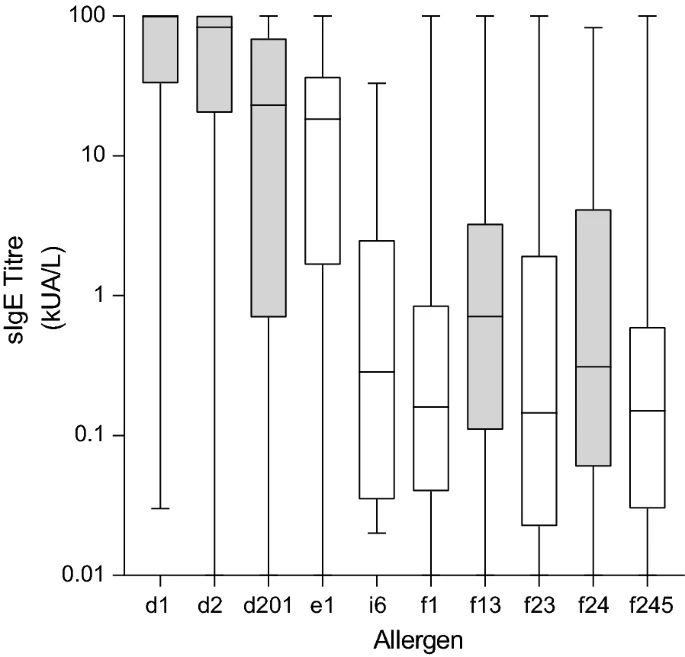Oliver Pfaar Ioana Agache Frédéric de Blay Sergio Bonini Adam M. Chaker Stephen R. Durham Radoslaw Gawlik Peter W. Hellings Marek Jutel Jörg Kleine‐Tebbe Ludger Klimek Matthias V. Kopp Andreas Nandy Ronald L. Rabin Ronald van Ree Harald Renz Graham Roberts Anne‐Marie Salapatek Carsten B. Schmidt‐Weber Mohamed H. Shamji Gunter J. Sturm J. Christian Virchow Ulrich Wahn Christoph Willers Petra Zieglmayer Cezmi A. Akdis
Abstract
Abstract
 The seventh “Future of the Allergists and Specific Immunotherapy (FASIT)” workshop held in 2019 provided a platform for global experts from academia, allergy clinics, regulatory authorities and industry to review current developments in the field of allergen immunotherapy (AIT). Key domains of the meeting included the following:
The seventh “Future of the Allergists and Specific Immunotherapy (FASIT)” workshop held in 2019 provided a platform for global experts from academia, allergy clinics, regulatory authorities and industry to review current developments in the field of allergen immunotherapy (AIT). Key domains of the meeting included the following: 


